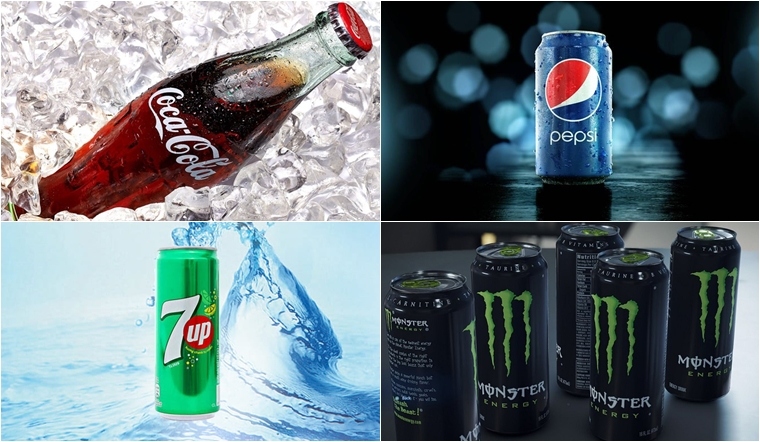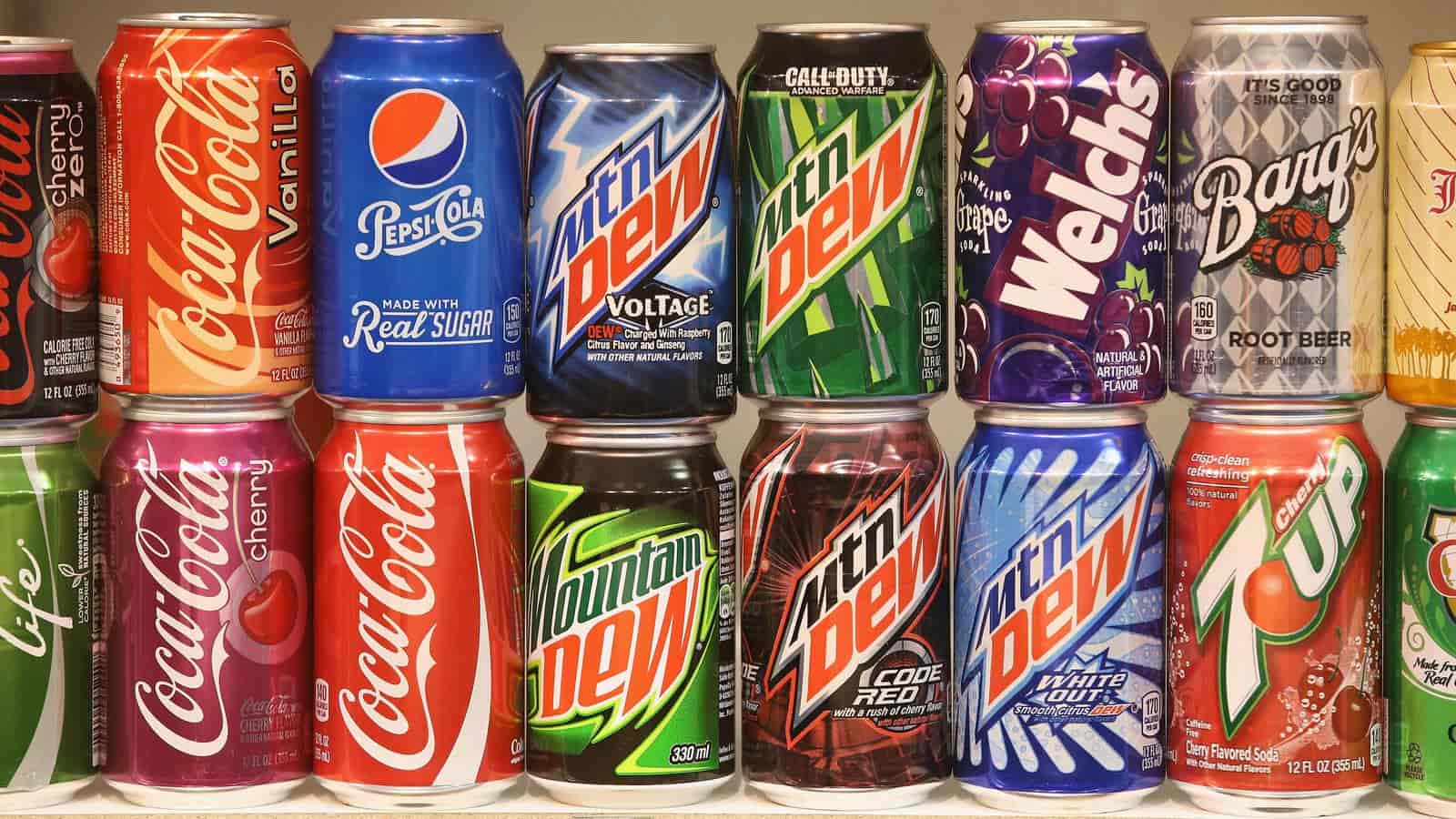The world of beverages is vast, with an array of options ranging from bottled waters to energy drinks, but few categories evoke the nostalgia, brand loyalty, and cultural significance of soft drinks. The journey of developing a legendary soft drink is not merely about creating a beverage that quenches thirst; it is about crafting an experience, weaving together flavors, marketing strategies, and cultural connections. This blog post explores the intricate and often challenging process of turning a mere idea into a beloved beverage that captures the hearts of consumers around the globe.
The Conceptualization Stage
Identifying the Vision
At the heart of great soft drink development is a solid vision. This can stem from various inspirations—culinary influences, cultural trends, or personal experiences. It often begins with an idea, a flavor combination, or a concept that sparks intrigue. For instance, what if we combine the zest of citrus with the sweetness of vanilla? Would it resonate with consumers seeking something novel?
>>> Buy now: 7up Air Jordan Shoes Sport Sneakers
Market Research
Once the initial concept is in place, comprehensive market research is essential. This involves analyzing existing players in the beverage industry, understanding consumer preferences, and identifying gaps in the market. Surveys, focus groups, and taste tests provide valuable insights into what potential customers desire. Understanding demographic trends, such as the growing interest in health-conscious beverages, can also guide product development.
In this phase, starting a dialogue with potential consumers is crucial. Brands may employ social media or targeted marketing campaigns to gauge reactions to flavor prototypes. The goal here is to determine not just if the drink is appealing but also what emotional or social connections it might evoke.
Developing Flavor Profiles
The Art of Flavor Creation
Creating a unique flavor profile is vital to a soft drink’s success. Beverage developers, often known as flavorists, use their expertise to mix various flavor components. This stage often involves experimentation with natural essences, syrups, and sweeteners. For soft drinks, balance is crucial. The right combination of sweetness, acidity, and carbonation determines how refreshing the drink feels on the palate.
Sensory Testing
Once a preliminary flavor has been created, sensory testing comes into play. This involves a series of structured taste tests with panels of trained tasters and everyday consumers. It’s not uncommon for a flavor to go through numerous iterations based on feedback. A drink that is overly sweet may need more acidity, while a flavor that does not resonate with consumers may require re-examination.
Developing a legendary soft drink often means not only pioneering new flavor experiences but also interpreting traditional themes in innovative ways. For example, many successful brands have reinvented classic flavors by offering unique versions, such as combining traditional cola with experimental spices or herbs.
The Branding Journey
Creating a Brand Identity
Once the flavor has been successfully developed, the next step is to create a strong and memorable brand identity. This encompasses not just the name of the drink but also its visual elements, including the logo, packaging, and overall aesthetic. A well-thought-out brand identity will resonate emotionally with the target audience.
For example, when creating a name, it is essential to think about what emotions or imagery it conjures. Names evoking nostalgia, adventure, or refreshment can all contribute to the drink’s appeal. Legend has it that the name “Coca-Cola” was derived from its original ingredients, but it’s the unique branding and storytelling that has made it legendary.
Targeting the Audience
Brand identity also involves defining the target audience and ensuring that marketing strategies align with their preferences. Younger consumers might respond well to vibrant social media campaigns and influencer partnerships, while classic marketing strategies could resonate more with older demographics. Creating advertisements that tell a story fosters a deeper connection with consumers, transforming a mere beverage into an integral part of life experiences.
Manufacturing and Distribution
Scaling Production
With a developed flavor and established branding, it’s time to consider logistics. Production capabilities must be scaled to match anticipated demand, which includes sourcing quality ingredients, setting up production lines, and ensuring consistency across batches.
Quality control is non-negotiable. Regular testing ensures that every bottle maintains the same coveted flavor profile. Variations can alienate loyal customers; hence, meticulous attention to detail is critical.
Distribution Channels
The distribution strategy is just as important as production. This includes determining whether the beverage will be sold in local stores, supermarkets, or through direct-to-consumer online platforms. Successful soft drink brands often utilize an omnichannel approach, ensuring that their product is available where their target audience shops the most.
Developing relationships with distributors and retailers is essential for getting the product onto shelves. Strategic marketing promotions and sampling campaigns can enhance visibility and push the brand into the mainstream.
Building a Community
Engagement Strategies
Launching a new soft drink goes beyond the initial roll-out; it is about building a community of enthusiastic consumers. Engaging customers through social media platforms fosters brand loyalty. Utilizing user-generated content campaigns encourages customers to become advocates for the brand. Issuing challenges, polls, or contests can create buzz that keeps consumers talking about the drink long after its release.
Feedback Loop
Listening to customer feedback can also shape future iterations of the product. A brand that consistently engages with its audience is more likely to resonate with consumers and encourage repeat purchases. Innovative brands may even consider seasonal limited editions or collaborations with other food brands to sustain interest.
Overcoming Challenges
Market Saturation
The beverage industry is notoriously saturated, with new brands emerging regularly. Standing out amid the noise can be a formidable challenge. This requires a unique selling proposition (USP) and usually involves substantial marketing resources.
Shifting Trends
Consumer preferences can shift rapidly due to factors like health trends or economic conditions. Brands need to be agile—quickly adapting product lines to meet changing desires, whether that means reducing sugar content, introducing functional ingredients, or exploring sustainable packaging.
The journey of developing a legendary soft drink is a multifaceted endeavor driven by a clear vision, innovative flavor creation, robust branding, strategic distribution, and ongoing consumer engagement. It is fraught with challenges but filled with opportunities to create a product that transcends mere refreshment.
>>> Read more: Difference Between Chihuahua and Mini Pinscher
As beverage consumption continues to evolve, successful brands will adapt to meet changing tastes and values, proving that the journey of developing a legendary soft drink is not just about what is achieved in the present, but also about the legacy created for the future. Within this expansive and dynamic landscape, with creativity and dedication, any aspiring soft drink could become the next household name, etched into the annals of beverage history.




